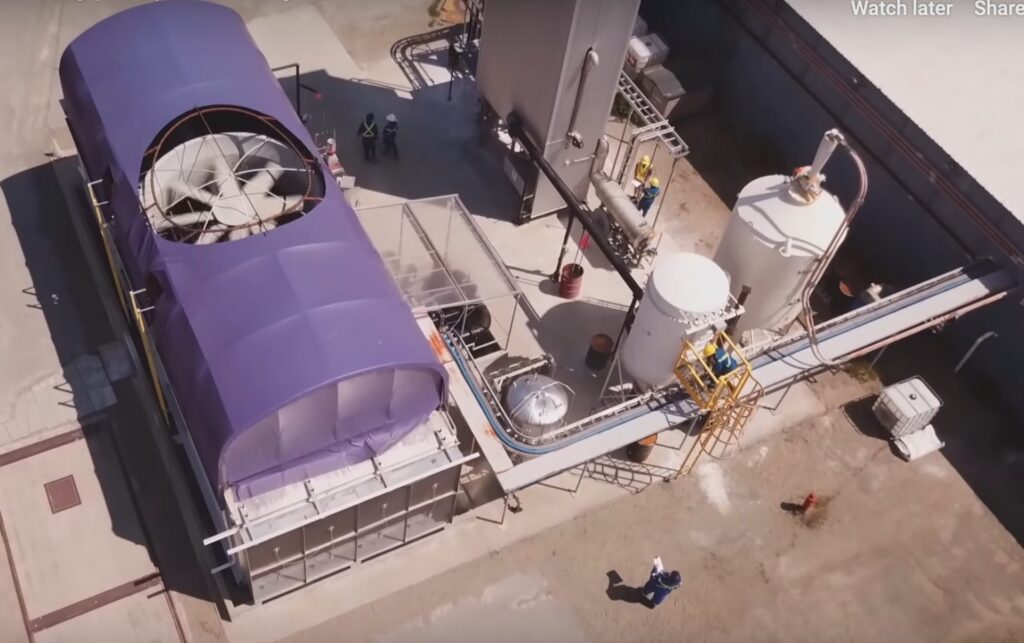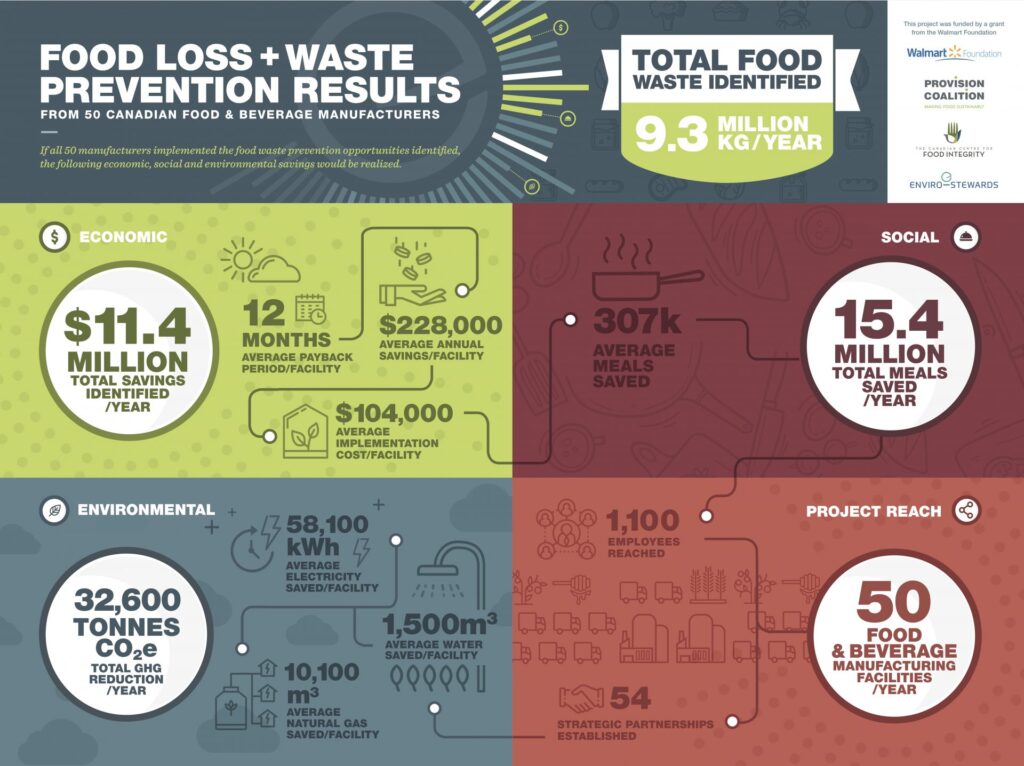“Maple Leaf becomes World’s First Major Carbon Neutral Food Company,”
“Unilever commits to becoming carbon positive by 2030,”
“Microsoft will be carbon negative by 2030”
Many organizations know that their stakeholders expect them to demonstrate leadership in addressing climate change. Many are even tying CEO pay to Environmental, Social, & Governance (ESG) performance that specifically includes reducing emissions (article).
However, the range of terminology can be confusing (can carbon positive and carbon negative both be good things?). And if so, how can this practically be accomplished without breaking the bank?
When you arrive somewhere new, it is helpful to see the dot “you are here.” It is even more comforting to also see where you want to go and a practical path that joins the two locations. In the carbon world, this starts with a crude assessment of your present carbon footprint. For the significant contributors to your footprint, a subsequent opportunity assessment identifies business cases for practical & affordable measures to significantly reduce their impact. Following implementation and verification, you may need a way to sustainably offset your remaining balance.
This blog outlines a proven approach that increases net profits while substantially reducing footprints and generating compelling stories to engage stakeholders in the journey.
Let’s define some terms: Carbon neutral vs carbon zero vs carbon negative vs carbon positive
There are an increasing number of terms that people and businesses are using when talking about carbon. Let’s just take a few moments to define these various terms so that we start with a common understanding of what they mean.
Carbon Neutral & Carbon Zero
Carbon neutral and carbon zero are often used interchangeably and refer to achieving zero net carbon output to the environment. In the strictest sense, carbon zero is be achieved by eliminating CO2 output; for example, switching from a fossil-fuel based energy source to wind power. However, both carbon neutral and carbon zero can be achieved by reducing carbon output, as previously described, as well as by offsetting CO2 output. Offsetting means purchasing carbon credits to equal the quantity of CO2 you’re emitting. Hence, through a combination of these methods your net carbon output can become neutral or zero.
A recent example of a large company that has become carbon neutral is Maple Leaf Foods, which is the first major company in the world to do so (and won a national award for this achievement). Maple Leaf Foods have offset their carbon by investing in a variety of offset methods, such as:
- Energy and water efficiency measures
- renewable wind energy
- recovery of methane gas from landfills for energy
- recycling programs
- composting to reduce methane emissions
- forest protection and re-forestry
You can read an excellent summary of Maple Leaf’s journey to carbon neutral on their website.
Enviro-Stewards had the privilege of helping Maple Leaf Foods reduce their carbon output as part of their drive to become carbon neutral. Since 2015 we have conducted detailed holistic assessments at 35 of their facilities across North America. The purpose of the assessments was to identify opportunities to reduce Maple Leaf’s environmental footprint by focusing on key areas, such as:
- Thermal energy (natural gas, propane, etc.) conservation
- Electrical efficiency
- Water conservation
- Food waste prevention
- Wastewater loading reduction

The opportunities identified at each facility were evaluated for technical and economic feasibility, and a summary of each opportunity and its corresponding environmental and economic savings were prepared. Enviro-Stewards is currently revisiting some of these facilities to track progress on which opportunities have been implemented, verify their associated savings, and identify new reduction opportunities.
The results of the assessments support Maple Leaf Foods’ journey to carbon neutral, and they also contribute to their “big, bold” goals to reduce water, energy, etc., use by 50% by 2025, and their new science-based GHG Emissions targets to reduce absolute Scope 1 & 2 GHG emissions by 30%, and Scope 3 GHG emissions (per 100 kg product produced) by 2030. As mentioned previously, as a result of their efforts they have become the world’s first major food company to become carbon neutral and won a national award for this achievement.

Carbon Negative and Carbon Positive
Surprisingly, Carbon negative and carbon positive mean the same thing. Conceptually, the results of an organization’s activities result in a net reduction in the amount of CO2 in the atmosphere. A number of (relatively expensive) human-driven methods have received a lot of attention (other common terms for this include carbon sequestration and carbon capture and storage).
Methods for removing carbon include pumping CO2 from the atmosphere and storing it underground (also referred to as direct air capture). However, reforestation and avoided deforestation can also contribute (as trees are believed to act as carbon sinks, thereby removing CO2 from the atmosphere).

Tree planting is another way to contribute to carbon positive, as the trees act as carbon sinks (absorb CO2)

(Photo by Matthew Smith on Unsplash)
Carbon Insetting
Carbon insetting is an emerging term that pertains to an organization’s efforts to drive sustainability impacts within their own value chain. A good definition of carbon insetting is provided by the International Insetting Platform (IPI):
“Insetting represents the actions taken by an organization to fight climate change within its own value chain in a manner which generates multiple positive sustainable impacts.”
One of the strengths of the IPI is its proposed methodology, which they describe as a “…strict and verifiable methodology to identify priorities, quantify impacts, monitor projects and report regularly.” Therefore, instead of carbon insetting just being another set of “green” words that sound nice to shareholders and the public, carbon insetting must be quantifiable and verifiable. That is, detailed measurements and careful calculations are required to provide practical and verifiable opportunities to generate positive sustainable impacts. This type of approach aligns very closely with Enviro-Stewards’ approach, as we take a systematic engineering approach to derive and implement practical and verifiable solutions to reduce carbon outputs of commercial, institutional, and industrial facilities through reduced resource consumption (energy, water) and reduced waste generation (food loss, solid waste, etc.).
From Carbon to Climate
Encouraging individuals, business, and government to move toward carbon neutrality and carbon positive is an important endeavour to help mitigate the effects of climate change. However, at Enviro-Stewards we like to swap carbon positive for the more robust (yet lesser-known) term climate positive. Climate positive, in our view, is less ambiguous and a more well-rounded description of the benefits that our type of work brings to the world.
For one, ‘climate’ is an easier word and more relatable concept to most people, whereas ‘carbon’ is more technical and requires some clarification (for example, is carbon referring to CO2, methane, fossil fuels, greenhouse gasses, or all of the above?).
Secondly, ‘climate’ is a more inclusive term, as it encompasses a broad context of the environment (carbon included) and captures the myriad of tangible and intangible values the word brings to mind – relatable and meaningful things like water, agriculture, weather, food, ecosystems, habitats, leisure, etc.
Lastly, it avoids confusion since carbon positive and carbon negative mean the same thing but can be a challenge to understand: Is being “negative” a good thing or a bad thing? Does being “positive” mean you generate more carbon than before? On the other hand, climate positive more plainly implies that your business has a net beneficial impact on the environment.
The Road to Climate Positive
As mentioned above with the example of Maple Leaf Foods, Enviro-Stewards’ holistic approach helps to move commercial, institutional, and industrial (ICI) facilities beyond being just carbon neutral or positive to being climate positive. That’s because of the holistic scope of our projects; we address a wide range of environmental impacts of a facility – from energy use, to food waste, to wastewater loading and beyond (with an overall average payback of just one year!). Hence, opportunities associated with these areas increase profitability while reducing the overall environmental footprint of a business, including a reduction in their carbon output.
In 2018, Enviro-Stewards become 10,000 tonnes per tonne climate positive. In other words, for every tonne of Scope 1 & 2 emissions generated by our own operation, the outcome of our conservation work with clients and the safe water project avoided 10,000 tonnes at their facilities. Thus, the services we offer contribute continuously to our climate positive state. Of course, we endeavour to reduce our own environmental footprint as much as possible. We have cut our own emissions by 73% per employee through in-house initiatives such as reusing construction materials during our expansion a few years ago (doubling our office area), a staff bike-to-work challenge, using a living wall to scrub CO2 from our office air (thus minimizing the amount of fresh air we need to intake, which requires heating or cooling depending on the season), low-flow toilets and faucets, and offsetting some of our carbon and water use through sustainability credits (more on this later).

Of course, climate positive implies that zero isn’t the goal, but something bigger and better. We’ll talk a bit more about strategies for becoming climate positive shortly. But first, let’s see how a climate positive approach goes beyond just accounting for carbon.
Impacts of Climate Positive: Carbon & Beyond
First Steps Toward Climate Positive
Let’s take a look at an example of a climate positive approach. We recently completed a project with Provision Coalition and the Canadian Centre for Food Integrity (CCFI) where we conducted food waste prevention assessments at 50 food & beverage manufacturers across Canada. Some of the assessments also included energy and water conservation opportunities.
The infographic below highlights the overall savings of the 50 assessments:
As you can see from the infographic, the projects reduced CO2e emissions by 32,600 tonnes per year. Surprisingly, the participating facilities will save $350 for every tonne of GHG that they reduce throughout their supply chain as a result of implementing the measures. In addition to the carbon savings are the associated resource savings such as conserved ingredients, products, water, electricity, and natural gas within the production facility as well as the supply chain that produced those ingredients that were previously lost. The reduction in the use of these resources shrank the overall environmental footprint of these 50 facilities and equally, saved them a lot of money associated with purchasing these resources in the first place. The combined economic savings were over $11,000,000 per year with an average payback of only 12 months.
Just as important –but often overlooked – are the positive impacts on society of these types of assessments. Firstly, the saved food represents enough calories to provide over 15,000,000 meals per year. Secondly, using less water and energy means that there is more of these resources available for everyone to use in the communities where the facilities are located. This also frees up capacity for community growth without the need to invest in expensive infrastructure expansions. And thirdly, the economic savings creates a more competitive and sustainable company, as they can do just as much (or more) with fewer expensive resources, meaning stable jobs for employees and long-term relationships with communities.
Following implementation of conservation measures, there will likely still be some carbon emissions needing to be offset. This can be accomplished in a sustainable way depending on the type of offsets selected.
Climate Offsets
Investing in tree planting, green energy, and other such carbon offsets is a great way to become climate positive. At Enviro-Stewards, we like to push the offset idea even wider to include other benefits such as avoiding deforestation, providing employment and capacity building opportunities, and water offsets (where a unit of potable water use in Canada can be offset by purchasing an equivalent unit of safe drinking water in East Africa). For example, the Safe Water Project (SWP) is a collection of locally owned and operated social ventures that provide employment and safe water to communities (see TEDx).

Companies such as Maple Leaf Foods and Labatt Breweries of Canada have invested in the SWP, as they recognize the immense social and economic good it provides to developing communities. Furthermore, it can contribute to offsetting their water use in North America, as well as offsetting the potential carbon released when wood is used as a fuel to boil the water for safe consumption (calculated to be 3 tonnes per year of avoided greenhouse gas emissions for each filter). An additional benefit is reducing habitat loss (and hence protecting biodiversity) by avoiding deforestation.
Global offsets for a global issue
One line of thought is to offset carbon emissions in the same country that is generating the emissions. However, this can unintentionally reduce the beyond-carbon benefits that could otherwise be achieved. As we all share a common atmosphere, offsetting carbon in East Africa (by reducing deforestation) will still have a positive net global impact.
An additional societal benefit of investing in programs such as the SWP is that they provide social as well as environmental good. When a company in North America offsets their potable water use in Canada by investing in the SWP, they’re providing a safe and reliable water source to communities that don’t have access to clean water (like most of us in North America enjoy).
An emerging leader in the realm of international climate and sustainable development interventions is Gold Standard for voluntary carbon credits, which was established by WWF and other international NGOs. The purpose of Gold Standard is “to ensure projects that reduced carbon emissions featured the highest level of environmental integrity and also contributed to sustainable development.”
The best practice standard is called Gold Standard for the Global Goals, which adopt the Paris Climate Agreement as well as co-benefits that address the Sustainable Development Goals.
The Path to Climate Positive: Summary
To summarize the framework for a practical path to become climate positive:





